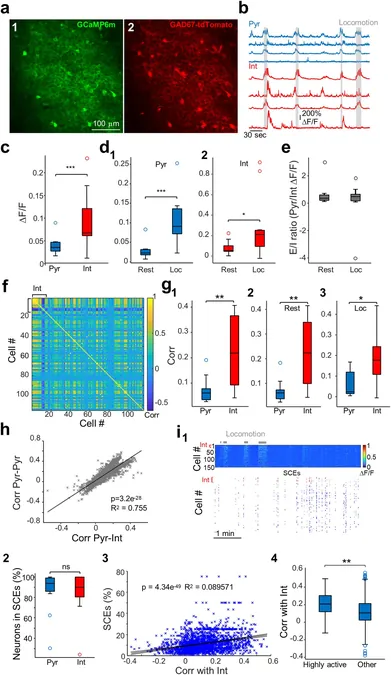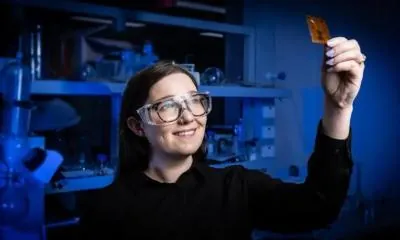
Brain Cells Unmasked: How Interneurons Double as Traffic Controllers in Our Minds!
2024-11-26
Author: Wei
Groundbreaking research from Durham University
Groundbreaking research led by Dr. Marco Bocchio from the Durham University Department of Psychology has unveiled the remarkable role of certain brain cells known as interneurons—they function as our brain's very own traffic controllers. This revelations, documented in the prestigious journal PLOS Biology, is paving the way for innovative treatments for neurological disorders.
The vital role of interneurons
For years, scientists were puzzled over how individual interneurons influenced the broader patterns of brain activity. This study sheds new light on that mystery, illustrating the essential role these cells play in maintaining harmony within the intricate networks of our brain.
Functions and implications of interneurons
Interneurons regulate the firing of other brain cells, akin to a sophisticated brake system managing the flow of traffic. Their proper functioning is paramount; any disturbance can lead to significant neurological issues, including epilepsy, autism, and schizophrenia. This research could thus have profound implications for understanding and potentially treating these conditions.
Research methods and findings
The team conducted their study on mice, focusing on the hippocampus—a vital region responsible for learning and memory. By employing cutting-edge brain imaging technology and light-activated cell manipulation, they made some fascinating discoveries.
Synchronization during rest periods
During periods of rest, a single activated interneuron resulted in a synchronized burst of activity among surrounding brain cells, sparking a wave of coordinated responses without disrupting the overall organization of these neurons. This synchronization exemplifies how these cells can enhance brain function, particularly in forming new memories or processing past experiences.
Future implications of the research
Why does this matter? Because understanding these connections could empower researchers to develop novel therapies that may one day mitigate or even reverse the effects of severe neurological disorders. The implications are enormous, promising a future where conditions like epilepsy and autism could be better managed or understood.
Conclusion and future outlook
Stay tuned—this research is just the beginning of what could be a revolutionary approach to brain health!




 Brasil (PT)
Brasil (PT)
 Canada (EN)
Canada (EN)
 Chile (ES)
Chile (ES)
 España (ES)
España (ES)
 France (FR)
France (FR)
 Hong Kong (EN)
Hong Kong (EN)
 Italia (IT)
Italia (IT)
 日本 (JA)
日本 (JA)
 Magyarország (HU)
Magyarország (HU)
 Norge (NO)
Norge (NO)
 Polska (PL)
Polska (PL)
 Schweiz (DE)
Schweiz (DE)
 Singapore (EN)
Singapore (EN)
 Sverige (SV)
Sverige (SV)
 Suomi (FI)
Suomi (FI)
 Türkiye (TR)
Türkiye (TR)